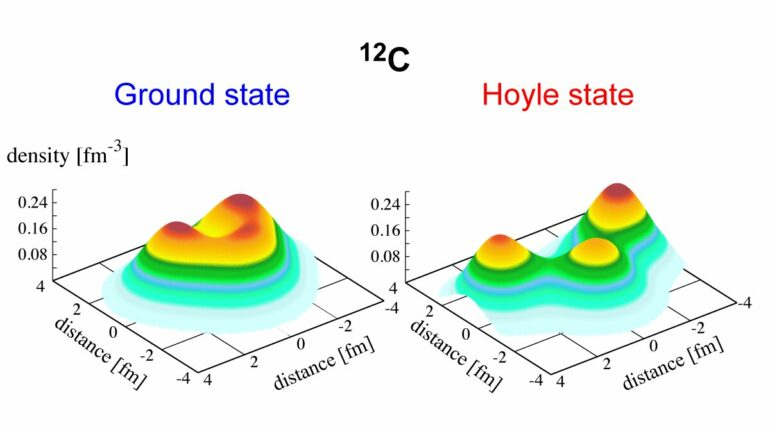Though an essential gateway to the liver, NTCP had not been well described until now. Na+-taurocholate co-transporting polypeptide (NTCP) is a protein located exclusively in the membrane of liver cells that enables recycling of bile acid molecules. It is also the cellular receptor of human hepatitis B and D viruses (HBV/HDV). A better understanding of NTCP could enable the development of treatments specifically designed for the liver, and to fight HBV and HDV infection.
NTCP is a difficult protein to study. It weighs only 38 kilodaltons (kDa), whereas cryo-electron microscopy, the technology used to study this type of molecule, only works for molecules weighing more than 50 kDA. The challenge was therefore to “enlarge” and stabilize it.
To do this, teams from French and Belgian laboratories developed and tested a collection of antibody fragments targeting NTCP. The 3D structures of the resulting complexes were determined using cryo-electron microscopy, and different antibody fragments stabilized and revealed several forms of NTCP.
The research team was able to describe two essential NTCP conformations: one in which the protein opens a large membrane pore to bile salts, to which HBV and HDV can bind, and a second, “closed” conformation, that prevents recognition by the viruses.
The first, “open” conformation is very surprising, as no other known molecular transporter forms such a “wide open” pore. In turn, the second conformation could help with finding antiviral molecules that prevent HBV and HDV infection. The research team intends to continue its work to fully elucidate the functioning of NTCP.
The results appear in Nature.
More information:
Nicolas Reyes, Structural basis of sodium-dependent bile salt uptake into the liver, Nature (2022). DOI: 10.1038/s41586-022-04723-z. www.nature.com/articles/s41586-022-04723-z
Citation:
Hepatitis: 3D structure determination of the ‘gateway’ to the liver (2022, May 11)
